26 of the best piano tracks to test your hi-fi
Sing us a song, you're the piano man...
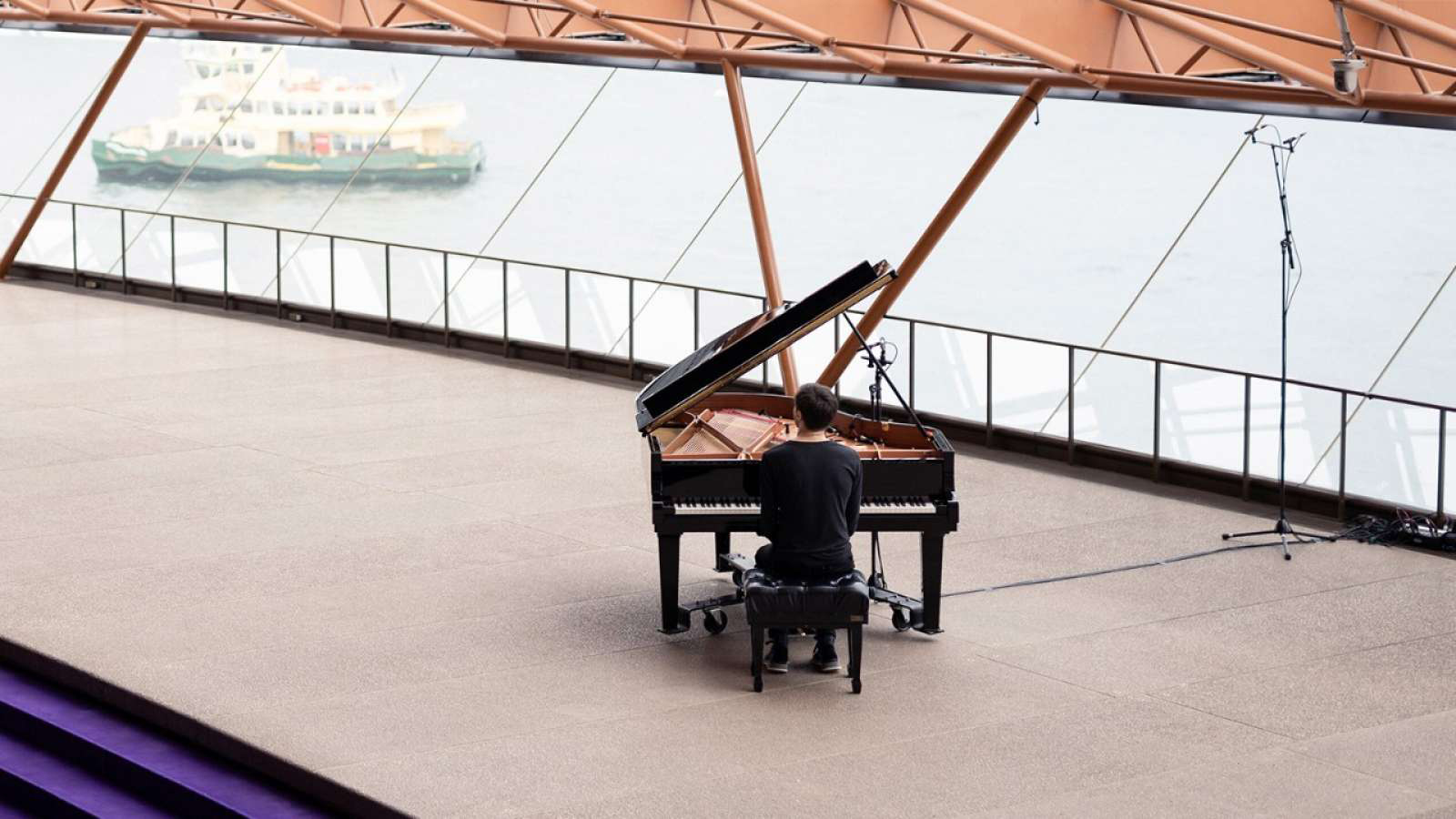
The piano is a flexible and beautiful instrument that’s been used in pretty much every genre of music at some point. Whether you’re a jazz fanatic or Swifty there’s an amazing piano track out there that’ll meet your tastes.
As a bonus, the piano’s wonderful ability to showcase a player’s specific phrasing, playstyle and broad range means there are plenty of fantastic tracks that truly test any speaker’s or hi-fi system’s capabilities.
This is why if you pass the What Hi-Fi? listening rooms there’s a solid chance you’ll hear our testers using a piano piece. Here to help you get in on the action we’ve created this guide detailing the most common piano tracks our reviewers use to test hi-fi.
Frederick Chopin – Nocturne 20 in C-Sharp Minor
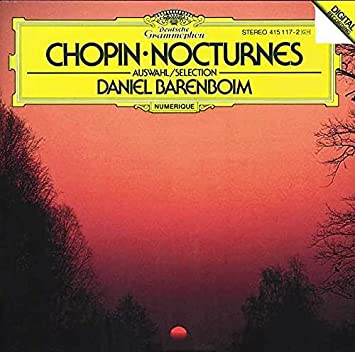
Chopin’s Nocturnes are a treat at the best of times, and even the most casual classical listeners will be familiar with Nocturne No.2 in E-Flat Major. We’ve opted for No.20 in C-Sharp Minor, a quieter and more reflective piece which shares Nocturne No.2’s glistening, delicate and hypnotic sensibility that many have attempted to imitate but few have truly managed to capture.
Rhythmically, it’s an ideal challenge for your speaker or system to unpack, with the shifting, rubato feel of the cascading passages giving the best performers the chance to showcase their adeptness at revealing light, shade and subtle nuances of timing and expression.
Bill Evans – Peace Piece
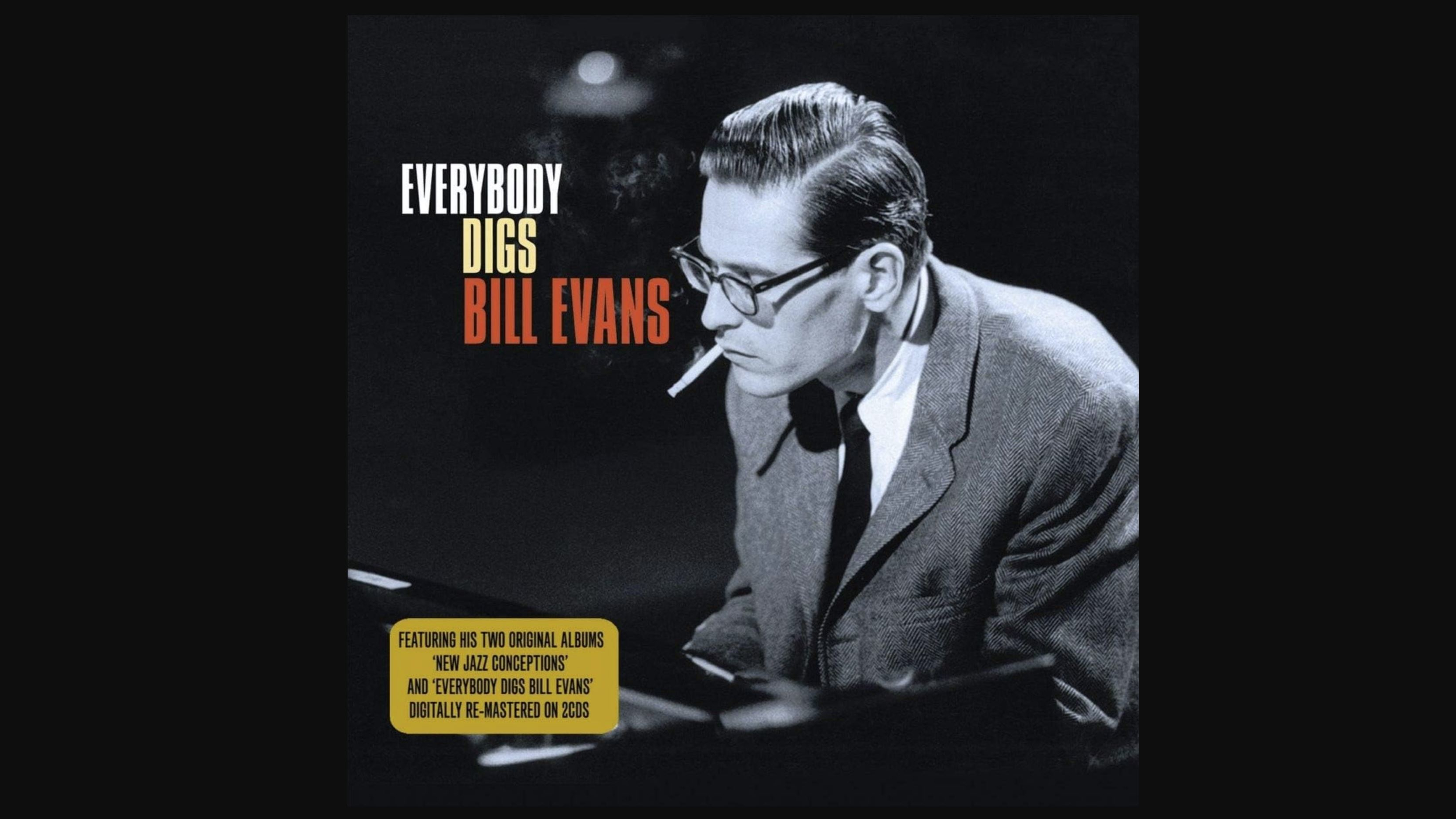
Bill Evans is one of jazz's most iconic pianists, having played with all the greats, including Miles Davis and John Coltrane. Peace Piece is a fantastic test track from Evans’ 1958 album, Everybody Digs Bill Evans. It’s an atypical gentle and meditative track that Evans improvised at the end of the album’s recording session. The ostinato piece slowly builds around a two chord progression, adding discordant “outside notes” and cross-rhythms to the peaceful bass. The stabbing outside notes, overlaying the gentle repeating rhythm part, coupled with Evans’ wonderfully understated phrasing make it a great way to gauge any hi-fi equipment’s detail and dynamism. If that’s not enough to tempt you it also sounds wonderful.
Tori Amos – Winter
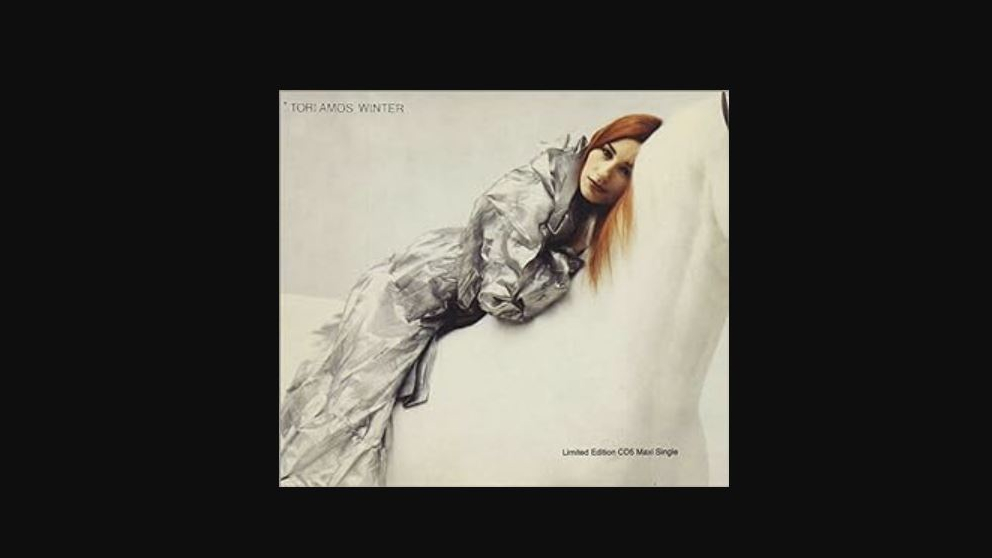
Tori Amos’ amazing vocal range, phrasing and generally lovely voice mean she has lots of amazing test tracks in her portfolio, but if piano’s your game Winter is one of the most common you’ll hear playing in our test rooms.
Get the What Hi-Fi? Newsletter
The latest hi-fi, home cinema and tech news, reviews, buying advice and deals, direct to your inbox.
The track was the fourth single on Amos’ debut solo album, Little Earthquakes. It’s widely regarded as one of her best songs and is a haunting, emotive piece about the emotions and feelings Amos’ experienced in the wake of her father’s death. The track starts with a wonderfully simple piano intro that builds around Amos’ emotive, powerful vocals, which rapidly switch between emotional bellows to tearful whimpers as she explores her feelings of loss and relationship with her father. This makes it a fantastic track to test any hi-fi’s dynamism and general ability to deliver powerful, expressive audio.
Peter Broderick – Eyes Closed And Traveling
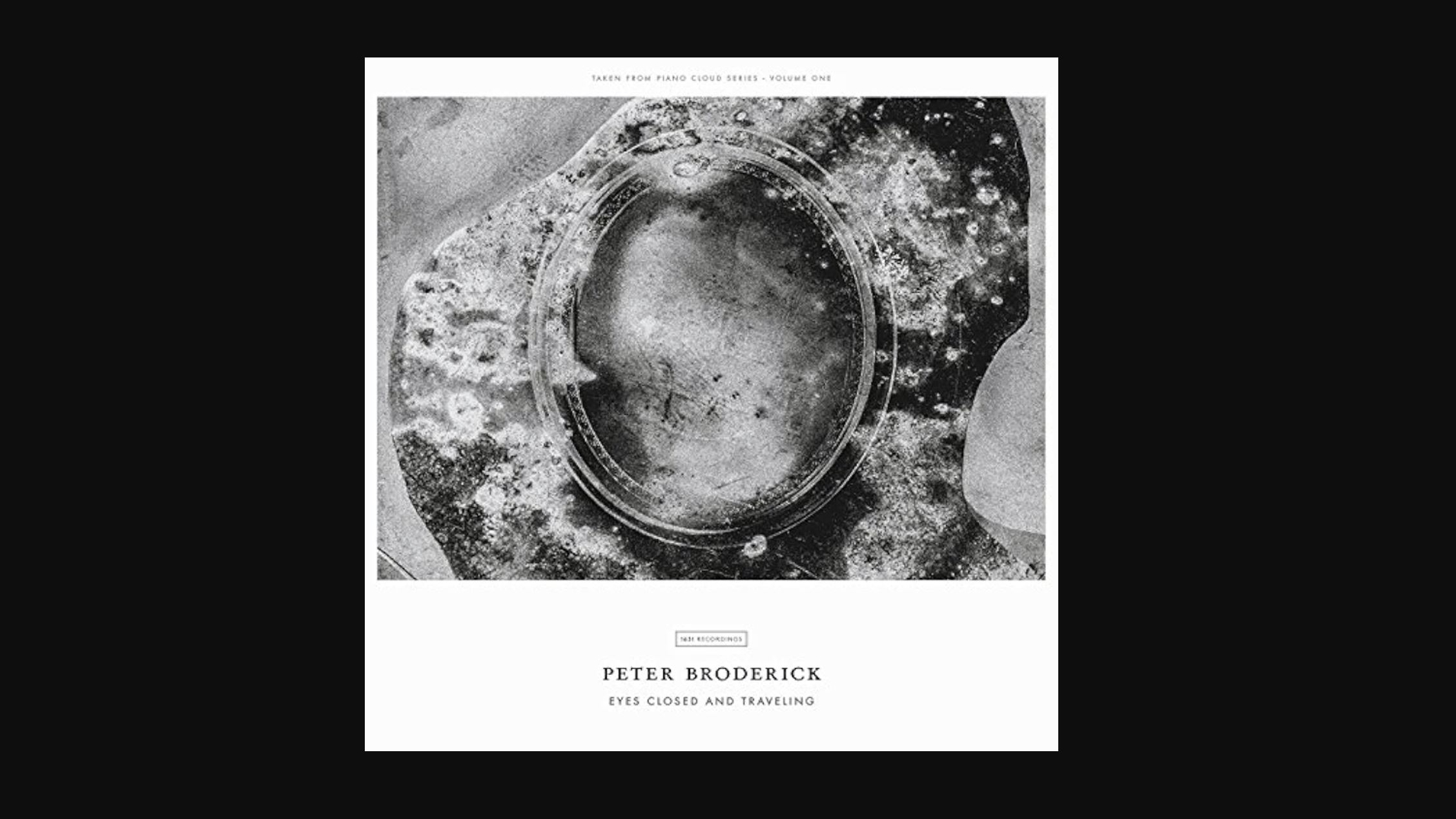
From American composer and multi-instrumentalist Peter Broderick comes this wistful, beautifully melodic piece that, while compositionally minimalist compared to others on this list, majors in packing an emotional punch. It's the go-to piano track for testing for one of our review team members – as good as there is, they say, for holding a microscope up to a piece of kit's dynamic subtlety. Close your eyes and let yourself travel along a journey of introspection, and then open them to check out Broderick performing it for Piano Day 2016 at the Courtyard Theatre in London.
Lubomyr Melnyk – Barcarolle
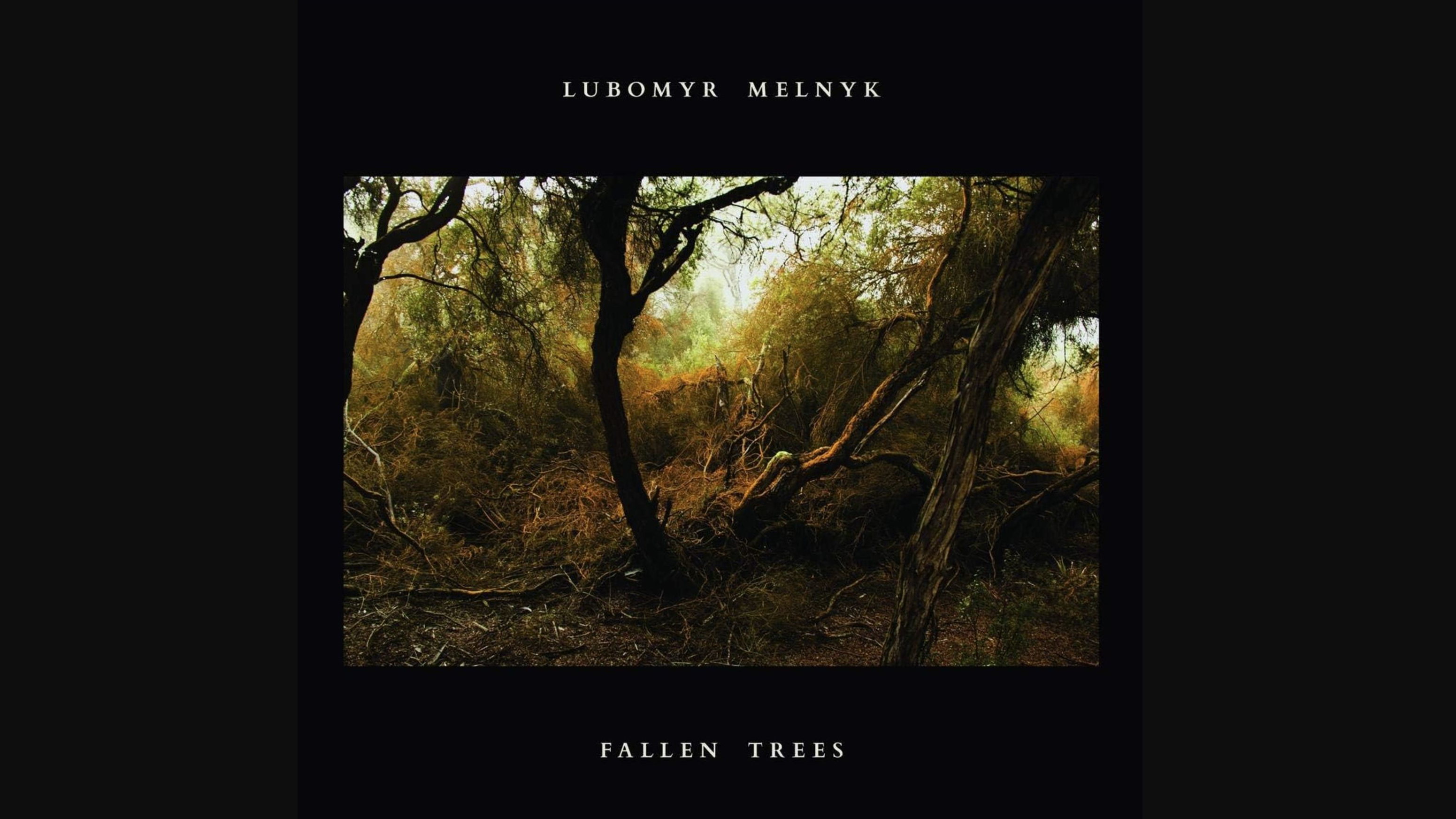
The Ukrainian pianist's mastery and pioneership of the 'continuous music' technique, which is based on rapid-fire notes (he can play 19.5 of them per second on each hand!), often complemented by a sustain pedal held down to produce overtones, is on rapturous display throughout his acclaimed 2018 album Fallen Trees. From it, Barcarolle, for all its technical wizardry, is full of music that is full-flowing and big-hearted, melodic and moving. Get over that it's just one man on the keys and then be consumed by it, and then the rest of the album.
Nick Cave and Warren Ellis – The Road
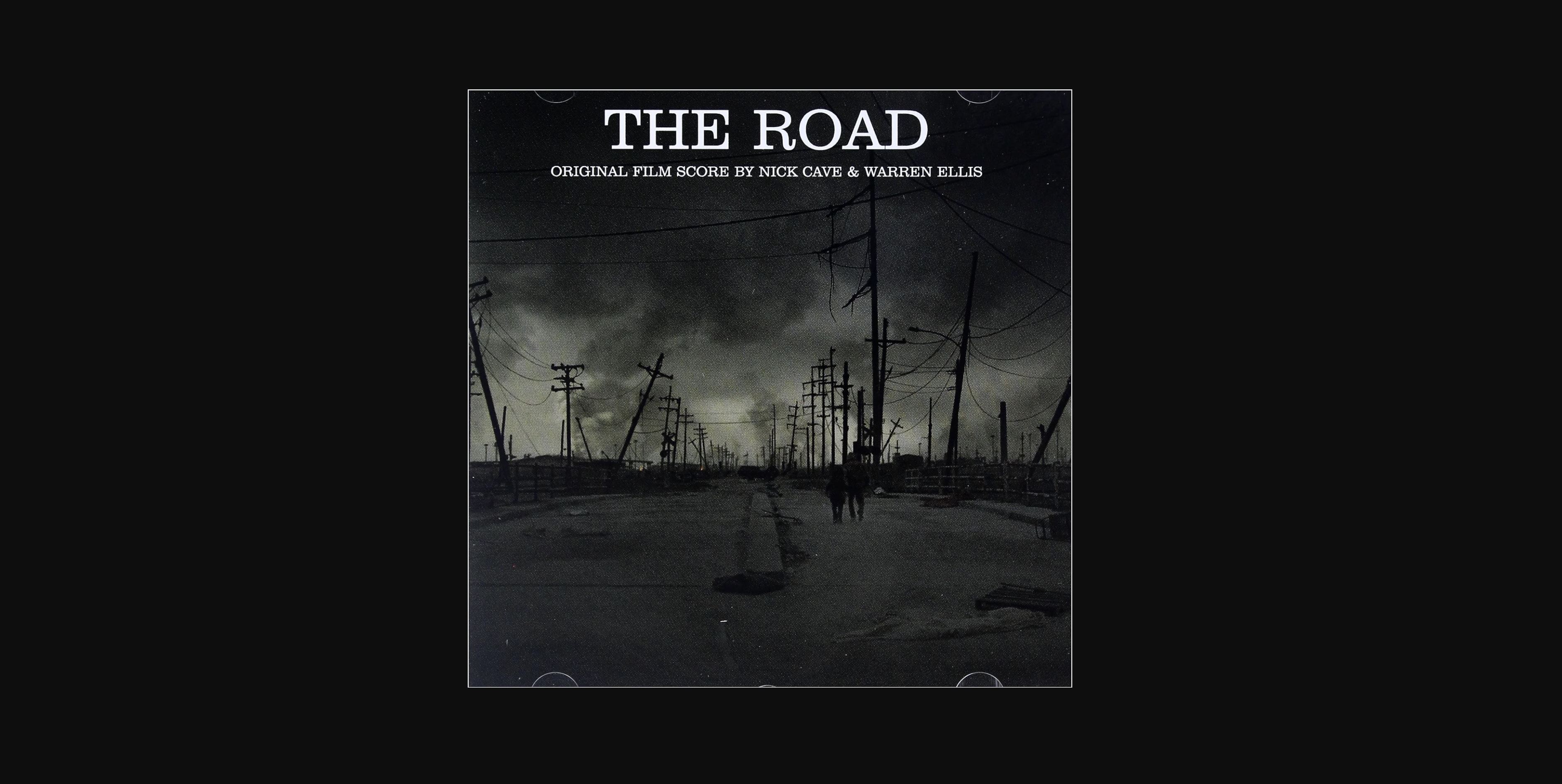
The soundtrack to the brilliant but unbelievably tough movie The Road (adapted from the awesome Cormac McCarthy novel of the same name, of course) is a work of singular beauty. The title track is also its best, featuring a gentle piano that’s repetitive but full of organic analogue texture and detail.
It’s a lovely recording that will reward those who have put the effort into building a system with insight and low-level dynamic ability. And there’s even a hint of optimism lurking in the melancholy, which certainly can’t be said for all of the tracks on the album.
Nils Frahm – Ambre
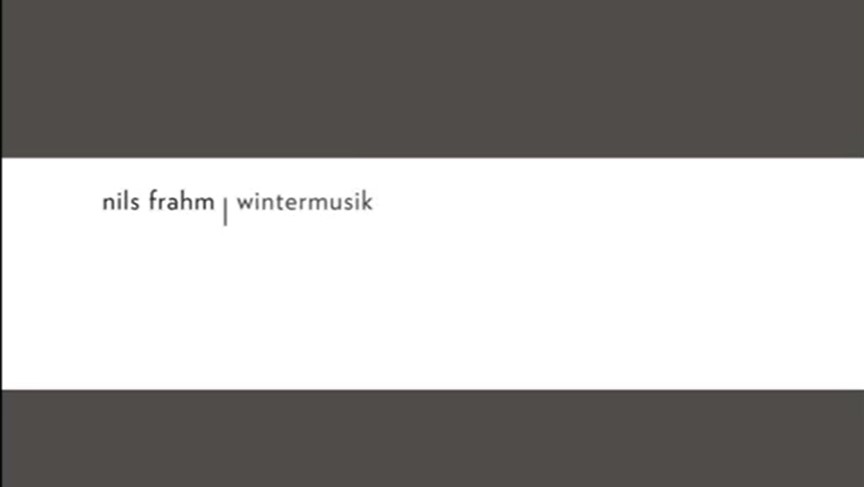
We do like a bit of Nils Frahm here at What Hi-Fi?. The German’s expansive catalogue of predominantly piano-focused works is never far from our reach during testing, mainly because its fine, glassy textures are ideal for assessing how well new kit can bring out those very specific piano tones.
Ambre is a fine example, a quiet, glistening track that should invoke feelings of mystery, calm, contemplation and melancholy if your speakers and/or set-up are working correctly. If…
Avenged Sevenfold – Warmness On The Soul
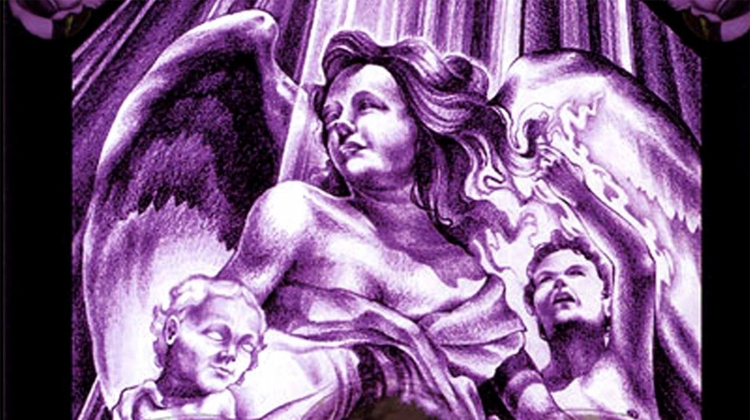
Amid the raw, scratchy and often Biblically-themed melodies of Avenged Sevenfold’s fresh but rugged metalcore debut Sounding The Seventh Trumpet sits a quiet oasis of calm in the shape of Warmness On The Soul. Anchored by M. Shadows’ raw yet sensitive piano stylings and characterised by lots of descending arpeggios running into heavier chord progressions, there’s real weight and emotion to be found within what feels like a pleasingly unrefined composition.
It’s those endearing, almost ragged qualities that make Warmness On The Soul such a useful tester, as genuinely melodic sequences sit alongside forceful, almost aggressive chord hits, and you’ll want your speakers to bring out those rough edges and paradoxical personalities to the fullest as they chunter away beneath Shadows’ natural, sincere vocal croonings.
Erik Satie – Gnossienne: No. 1
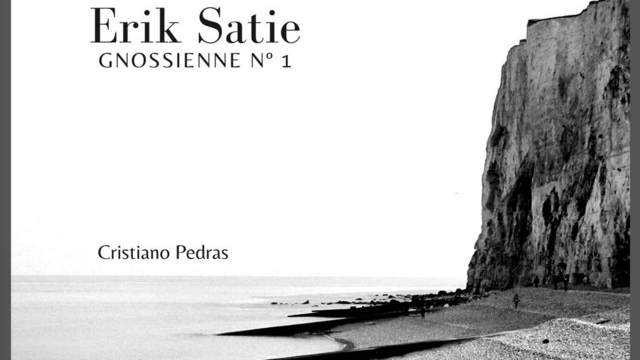
Aside from his exquisite Gymnopédies, Erik Satie’s Gnossienne is possibly the Frenchman’s most accomplished and acclaimed composition. One of the most recognisable works by one of the main drivers of the classical minimalist movement, Gnossienne No. 1 is a grave, sombre march defined by a clear expressive voice as much as by detail, timing or balance.
We’ve chosen No.1 as the pick of the bunch, but if you have the time to test them all, each of Erik Satie’s Gnossiennes should feel decidedly lavish and three-dimensional in spite of their often bare instrumentation. Ah, to be in a smoky café on a rainy evening in Paris. With a croissant.
Chilly Gonzales – Whist
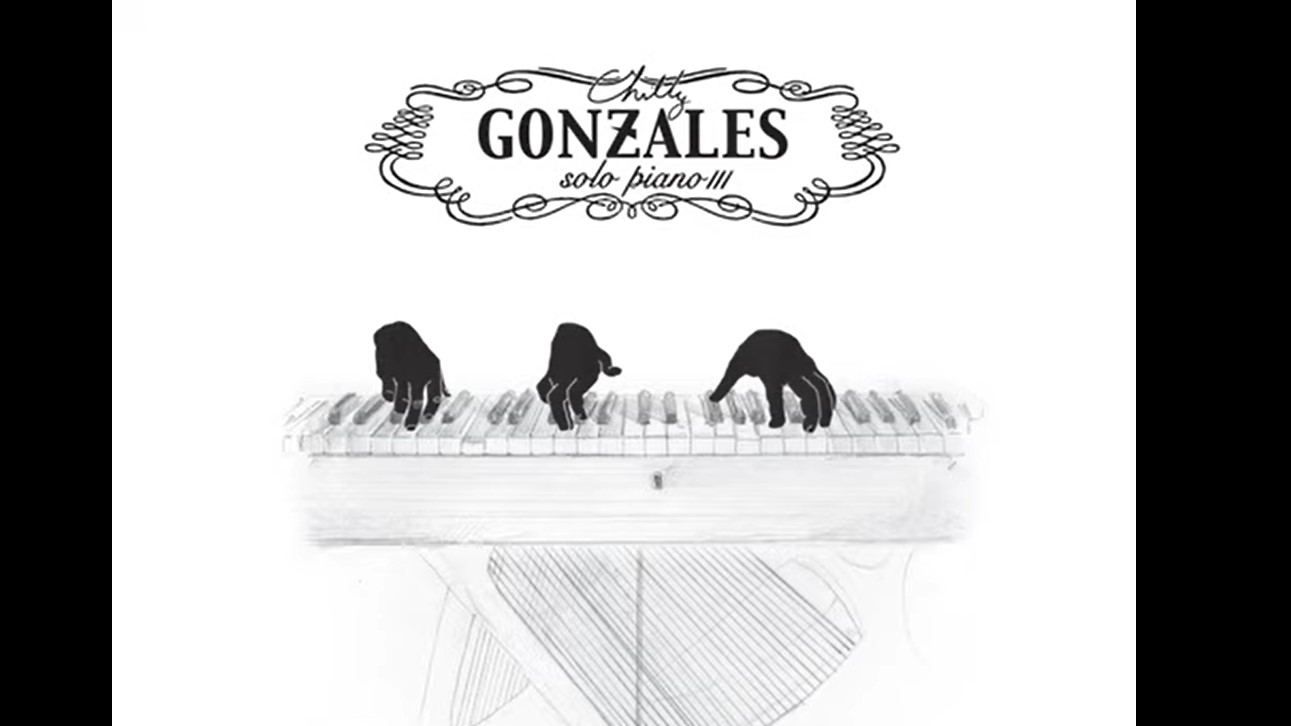
Piano test tracks don’t have to be chocked full of weighty, five-note chords competing against maddeningly complex glissando passages and ear-popping displays of technical prowess so amazing they’d make Listz go weak at the knees. As many a musician or hi-fi engineer will tell you, often the space between the notes is as important as the notes themselves.
Enter Chilly Gonzales’ Whist, an appropriately “whistful” arrangement that needs plenty of room to breathe and evolve from a similarly understanding hi-fi set-up. The phrases and passages are far gentler here, with a glassy, crystalline quality that needs to be expressed to the fullest.
Muse – Butterflies And Hurricanes
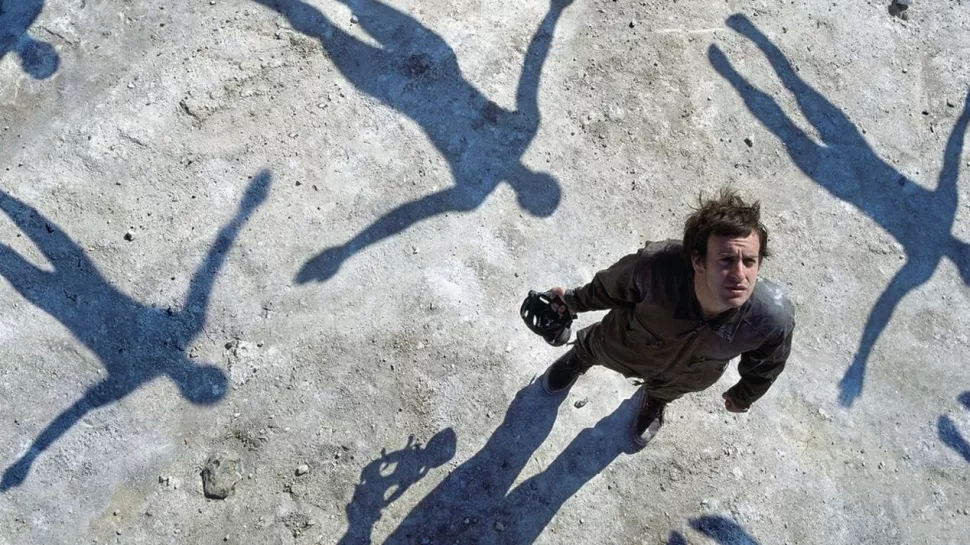
Butterflies And Hurricanes starts off a pretty decent test track in its own right as a prophetic, overly dramatic stadium rock anthem, but it’s Matt Bellamy’s virtuosic solo around the song’s three-minute mark that sets it apart as an awesome piano piece worthy of the finest equipment you can find. Heavily inspired by Sergei Rachmaninoff’s expansive use of descending and ascending runs and supported by dense, clunking chords, you’ll want to hear every single note as Bellamy’s fingers run up and down the keyboard with startling agility.
If you’re looking to delve a little deeper into the rabbit hole that is Muse’s eclectic back catalogue in the search for more piano workouts, we’d highly recommend Apocalypse Please’s thudding, doom-laden chords and the eerie, glossy tones of the highly technical playing on Space Dementia.
Ludwig van Beethoven – Piano Sonata No.8 (Pathétique)
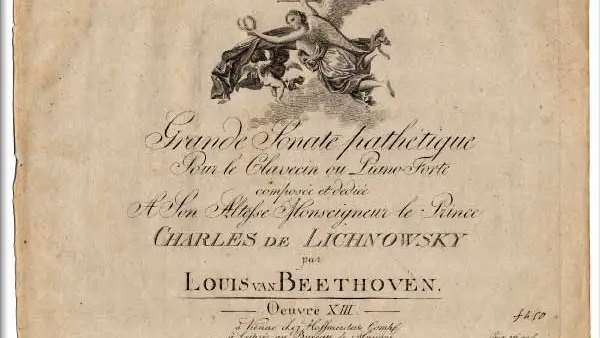
Nevermind the hi-fi, if you’re a pianist who desires a decent finger workout that’s also a lot of fun to play (once you get it nailed, of course), Beethoven’s Pathétique has to be high on your list.
The erratic German genius packs everything into his Pathétique Sonata, stuffing it with a range of styles, forms and sometimes even genres to create a concoction that veers from massive, thumping opening stabs to complex underhand runs all the way through to romantic interludes and intricate polyphonies. Pretty much a test of everything, then.
Radiohead – Pyramid Song
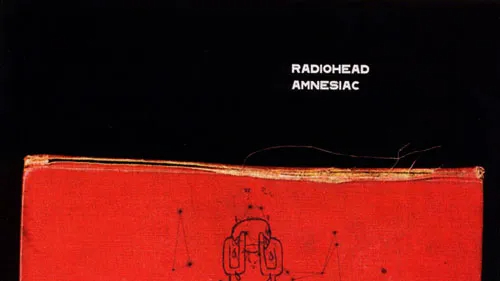
It’s simply not a list of test tracks without Yorke and co. making at least a cameo appearance somewhere along the line. Radiohead’s Amnesiac might not be their most popular album, yet it contains some absolutely sublime gems worth enjoying for your own listening pleasure and as part of your speaker’s own fitness test.
Pyramid Song actually shares many of the qualities that make Debussy’s Sarabande so conducive to such a task, in that it’s crammed full of slow, grave yet expressive chord progressions that build and build like – get this – a pyramid. The extra challenge here is to listen out for whether those progressions are still holding their own when the drums, vocals and other instruments join the sombre party.
Sergei Rachmaninoff – Piano Concerto No. 2 in C Minor
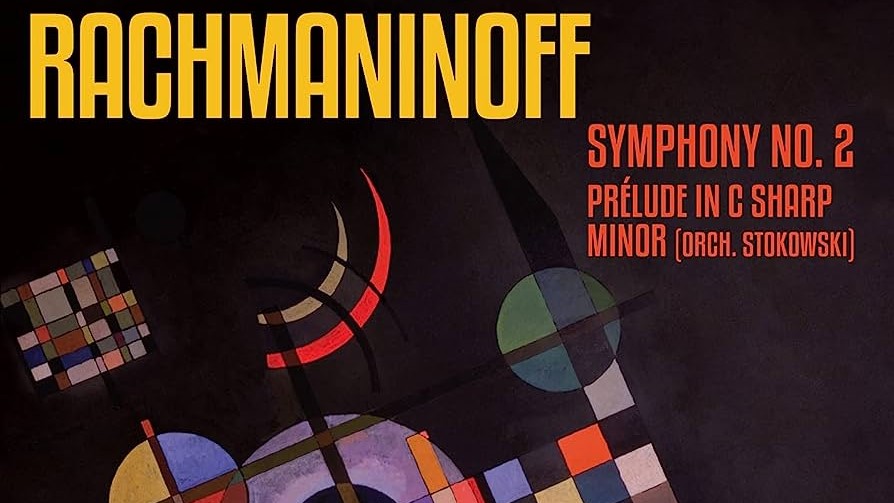
Sergei Rachmanininoff’s most famous work is also without question one of his finest. Typifying everything that the Russian great brought to the Romantic period, his Concerto No.2 in C Minor incorporates a raft of styles, techniques and flavours into one incomparable package.
Central to it all, of course, is the piano itself, combining note-laden runs alongside belting chords as well as steadier passages and phrases which grow, mature and then fade like waves crashing against a flinty shore. The usual necessity to listen to how the entire orchestral composition is handled applies here, of course, as does an ear for detecting how your speakers are conveying the contrasting voices and capabilities of that central piano performance.
Claude Debussy – Pour le Piano, L.95, 2. (Sarabande)
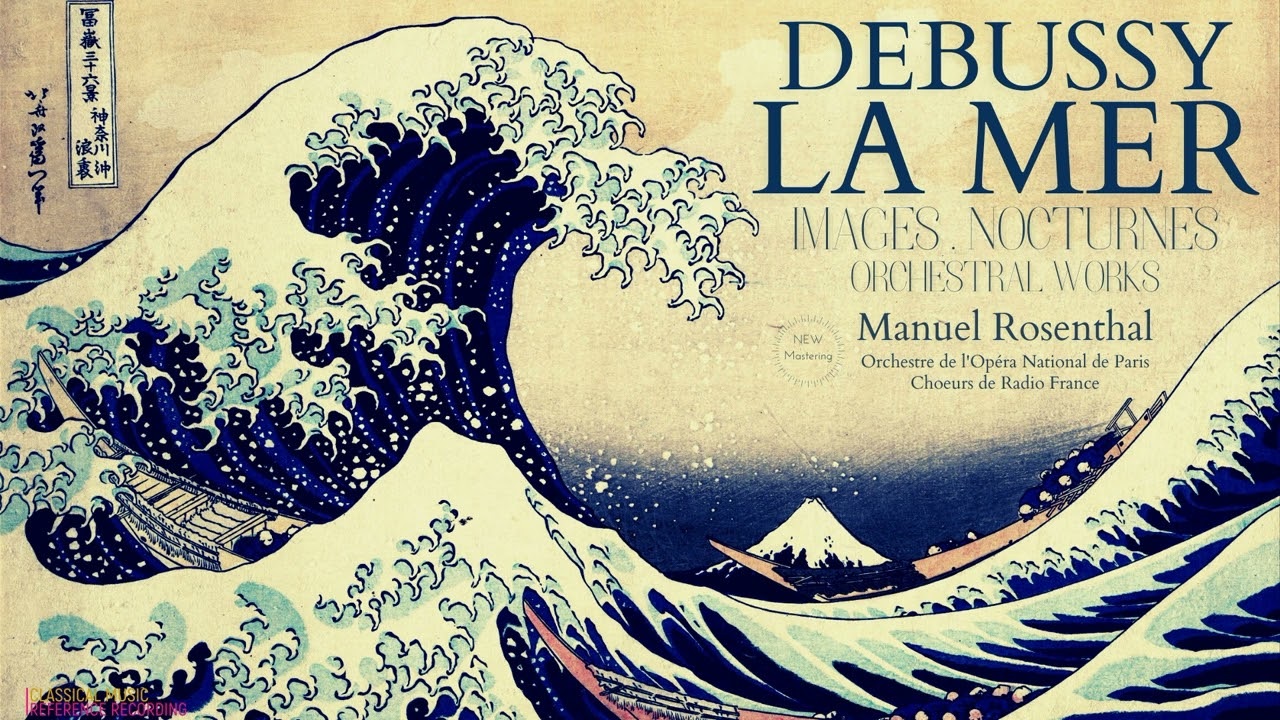
Claire de Lune has long been a perennial favourite for hi-fi testers and music journalists thanks to the immediate familiarity of its signature expressive textures which are so indicative not only of Debussy’s work but of the Romantic era itself.
We thought we’d switch it up, though, with another of the great French composer’s compositions. Sarabande isn’t Debussy’s most famous or renowned piece, yet it’s an absolutely sublime work that stands up perfectly as a test track thanks to its lush, dense chord progressions, rubato rhythmic interpretations and constantly evolving dynamic landscape.
The accompanying sheet music recommends Sarabande be played “avec une elegance grave et lente” (with a serious and slow elegance). See if that comes across when you fire up your speakers.
Billy Ocean – Love Really Hurts Without You
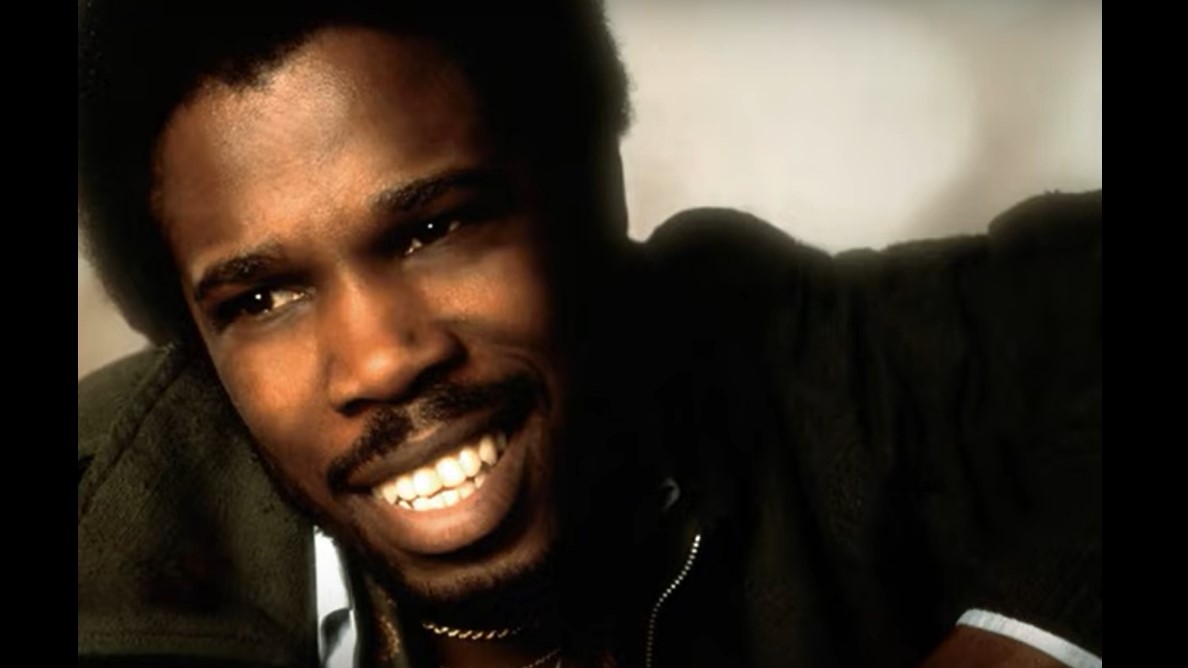
For a song about heartache and rejection, Billy Ocean’s Love Really Hurts Without You certainly is a toe-tapping delight.
Toe-tapping is key, by the way. One of the first things you’ll be told to look out for when checking out almost any musical equipment is whether it gets your foot bouncing along to the rhythm or whether your leg pays stationary witness to said equipment's inability to adequately stimulate the senses and get your body moving with the music. If that zippy, springy piano has the desired effect, Ocean’s magnum opus should have you putting your toes through your shoes.
Martin O'Donnell and Michael Salvatori – One Final Effort

We recently compiled our favourite list of video game tracks for testing out your hi-fi, so it seemed appropriate to include another game score here, too.
There are better tracks for seeing how well a system conveys the subtleties and character of the piano as a unique instrument, we’ll happily admit. Few are as good, however, for giving you an idea of how your speakers deal with excitement and drama as the rollicking epic One Final Effort, an endlessly enjoyable romp that starts life with dramatic upper-range chords before kicking into its signature theme and sending your adrenaline spiking to post-bungee jump levels.
For reference, this is part of the music that plays at the climax of Halo 3 as you flee a collapsing megastructure on a military four-by-four while gunning down enemy aliens with an onboard machine gun. So… see if your equipment gives you a sense of all that happening as you listen…
Pink Floyd – High Hopes

As is the case with compatriots Radiohead, there’s always space on a test track list for a bit of Pink Floyd. There’s just something about the English rock legends’ proclivity for experimentation and genuine expression, not to mention their knack for getting hold of proper production, that makes them ideal candidates for such rundowns. Or maybe we know our readership just a little too well…
High Hopes is a great choice for testing out piano sounds, mainly because it relies on just a few spartan chords echoing somewhat ominously on their own to really set the tone of the song itself. The challenge for a proper system is conveying that signature Floyd sound by giving the assertive piano and clanging bells enough distinct flavour.
Thelonious Monk – Blue Monk
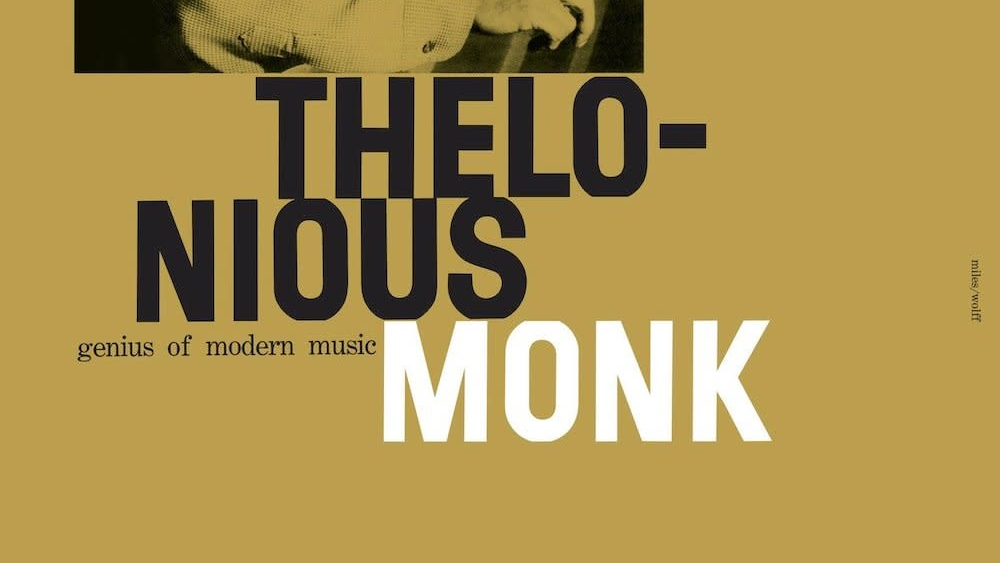
As is the case with most jazz and blues, Thelonious Monk’s loose, improvisational style of playing requires hi-fi with a proper understanding of rhythm, feel and dynamics.
Blue Monk starts with Mr. Monk simply noodling away on the keys as a straightforward bass and drum kit accompaniment potters along in the background. As more instruments come into play, a sense of organisation is key to tying in the saxophone, bass, drum kit and piano all together without it turning into a cacophonous mess.
Ludovico Einaudi – Night
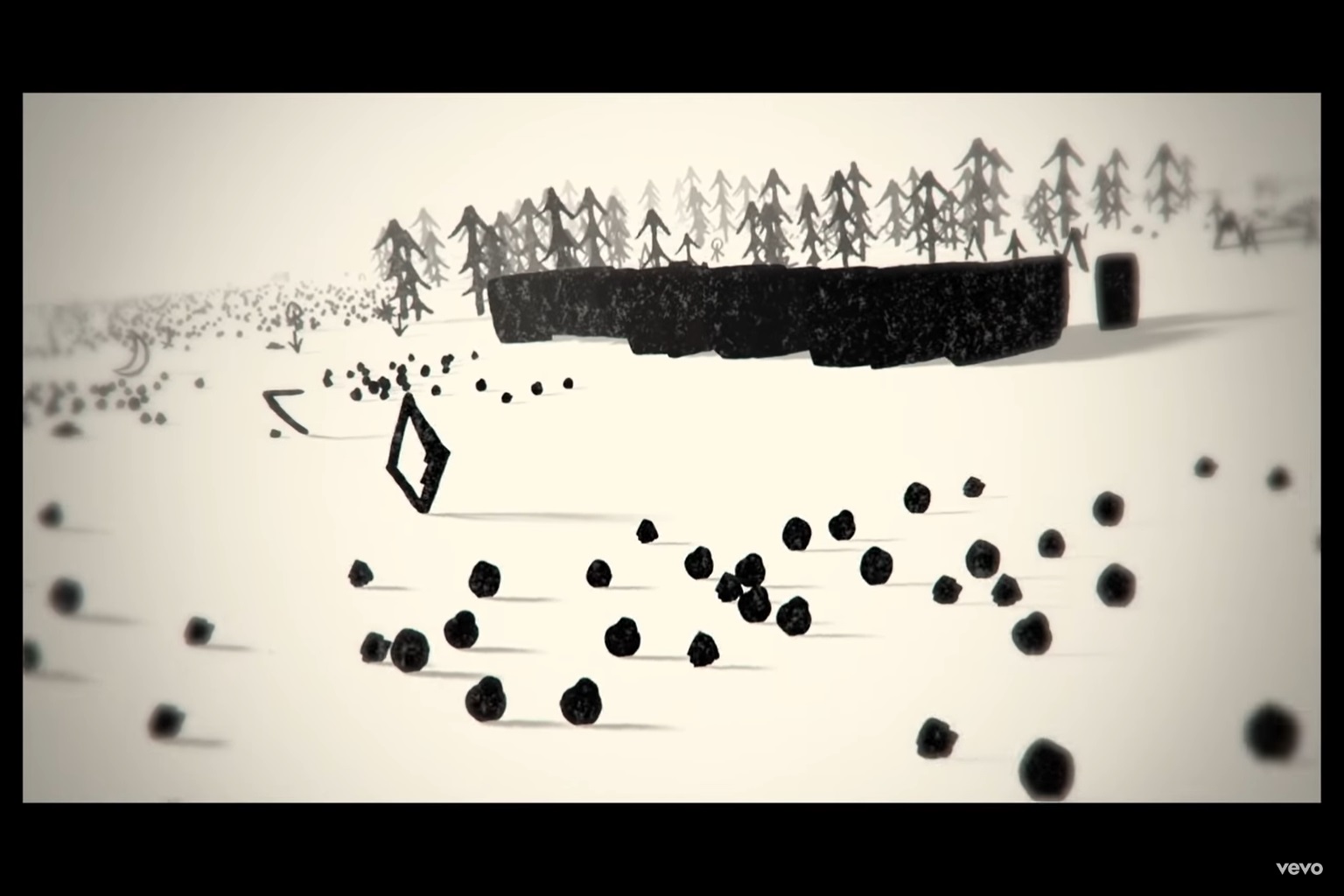
Night is typical Ludovico Einaudi, if a little more ominous and foreboding than many of his most famous works such as Le Onde (also great) and Experience. The simply-named Night is a two-hander between those distinctive Einaudi arpeggios and sequences sitting underneath a more vibrant, dynamic violin accompaniment.
See if you can still pick out what the piano is doing (and vice versa) when the two instruments combine, while checking for whether or not the music is giving you the intended emotional response.
Elton John – Rocket Man
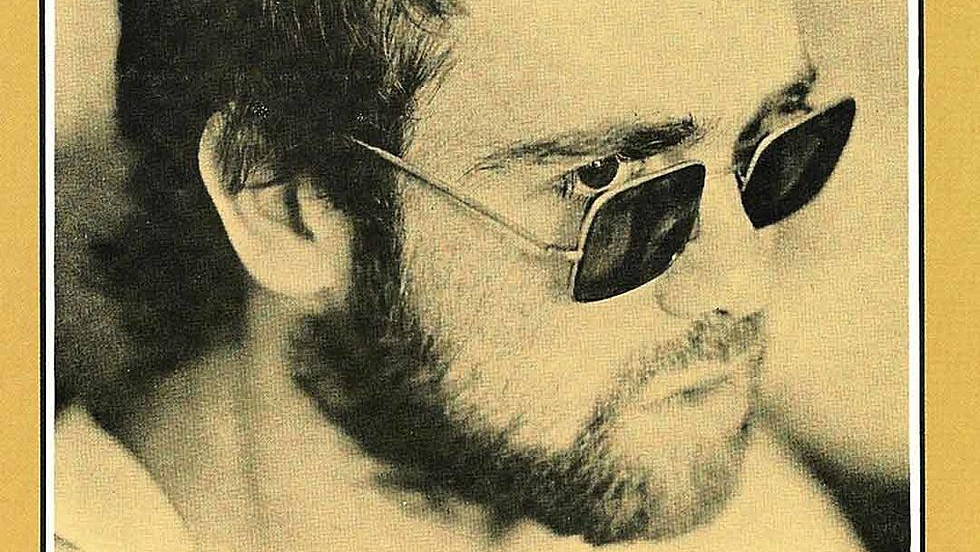
Had What Hi-Fi? been established as a primarily American publication we may have been tempted to opt for Billy Joel instead, but our loyalties lie with our very own Rocket Man rather than the Piano Man from across the pond.
Rocket Man is the song we’ve gone for, too, mainly because it’s a stone-cold classic that sees John at his theatrical best, veering into the realm of the dramatic without ever losing himself in a sea of overdone melodrama. A fantastic test track for any occasion
Evanescence – My Immortal

Bring Me To Life certainly crossed our minds as a possible entry here, but we chose My Immortal because as a test of the piano specifically it’s a more conducive recording. For instance, the dramatic, swaying and utterly melancholic piano sound is far more heavily involved here, defining the entire song in tandem with Amy Lee’s hushed, pained delivery.
Besides, it’s a far more evocative and emotional performance than Bring Me To Life’s rockier effort, rising and falling in waves as leading notes are played with more dynamic force than the rest. A great test of dynamics and those extra, subtle flourishes that make My Immortal such a melancholic, gothic delight.
Ramin Djawadi – The Night King
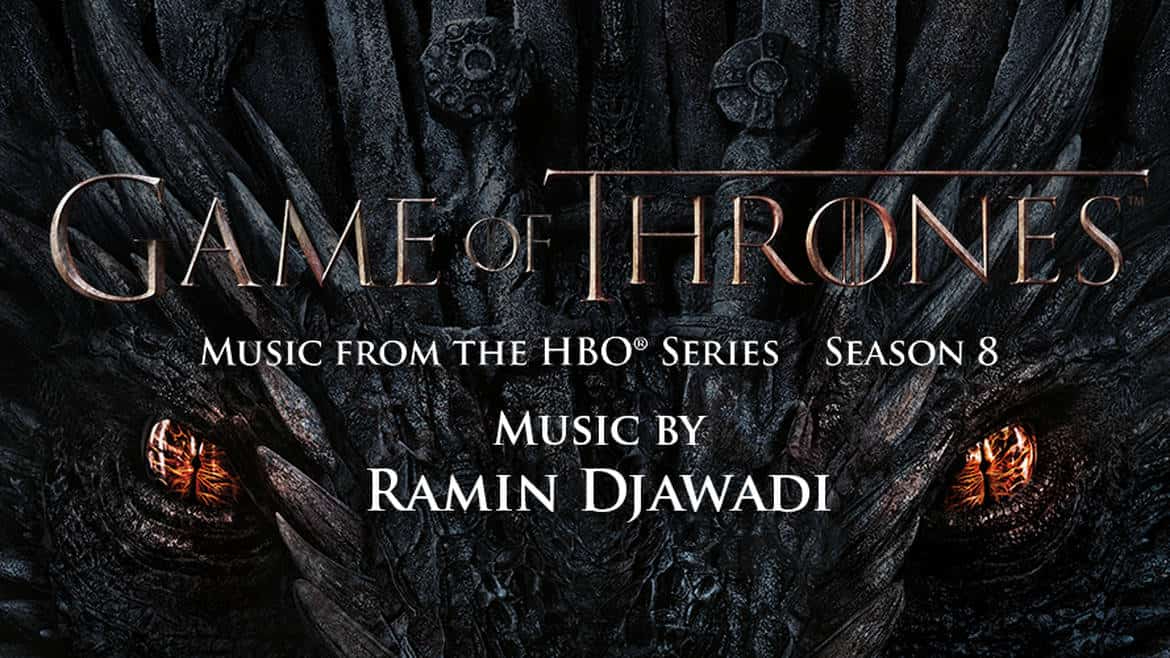
Ramin’s Djawadi’s superlative score to the (mostly) superlative HBO smash hit Game Of Thrones is consistently excellent for testing hi-fi kit, even if most of the tracks (especially in the show’s earlier seasons) tend to make use of emotive, heartfelt strings rather than good ol’ ivory.
Things got a little more grand and experimental as time wore on, and while the show’s general quality may have dipped as it neared the finish line, Djawadi’s compositions only went from strength to strength. The Night King is one of the few purely piano-based pieces you’ll find across the series’ entire official score, a nine-minute epic that builds slowly to a riveting, sublime crescendo.
In terms of an appropriate emotional response, you should be feeling something akin to unease, fear, dread and then heart-stopping terror. In that order.
George Gershwin – That Certain Feeling
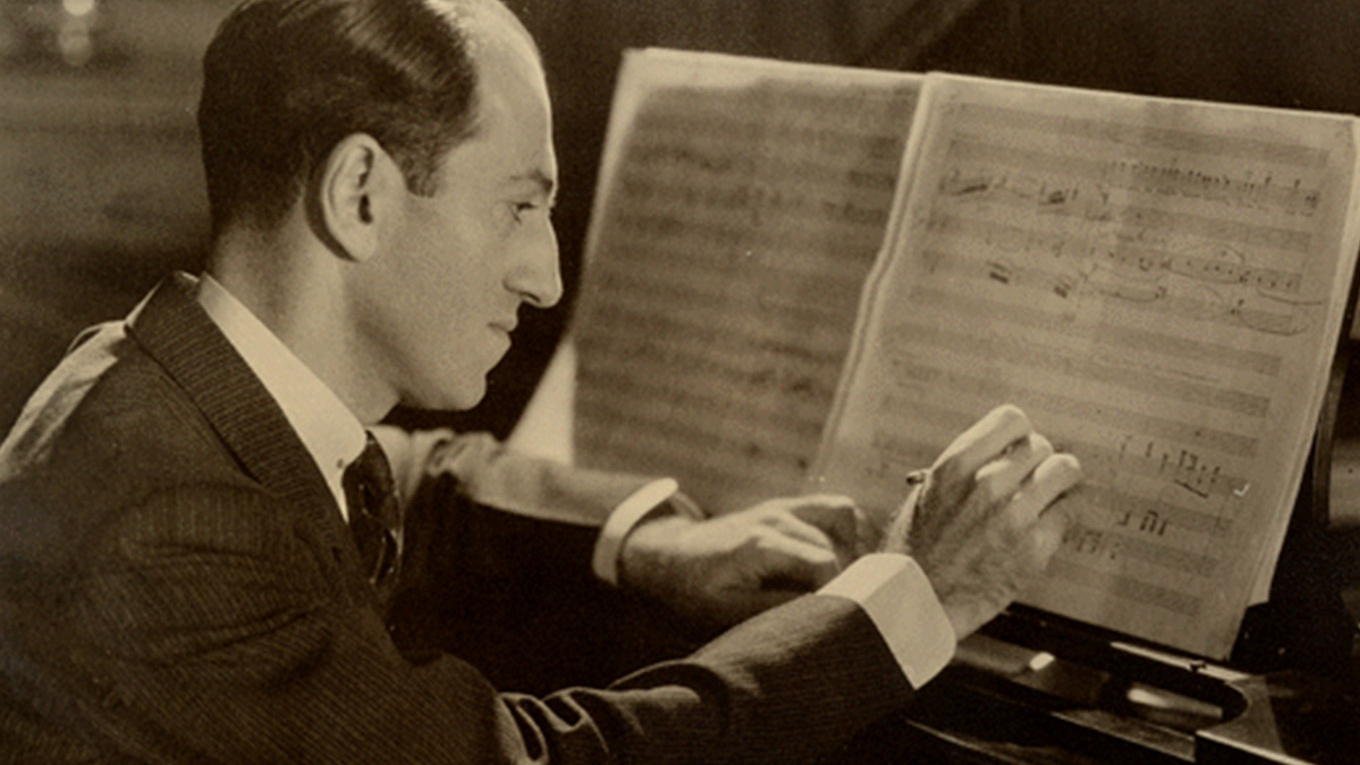
We just couldn’t bring ourselves to include Gershwin’s Rhapsody In Blue here. It’s a seminal piece of work (seminal being synonymous here with “overused”) and we love it as if it were a dear relative, but you’ve probably been recommended it more times than your doctor recommends going for a run and eating more broccoli.
Instead, enjoy a slice of That Certain Feeling and its typically Gershwin blend of classical, romantic influences colliding wondrously with those unmistakably loose inflections of the early 20th Century’s jazzy spirit. It’s almost as if there are multiple personalities fighting it out within what is one of Gershwin’s lesser-known compositions, making it ideal for seeing how well your system picks out moods, tones and voices.
Dave Brubeck – Blue Rondo à la Turk
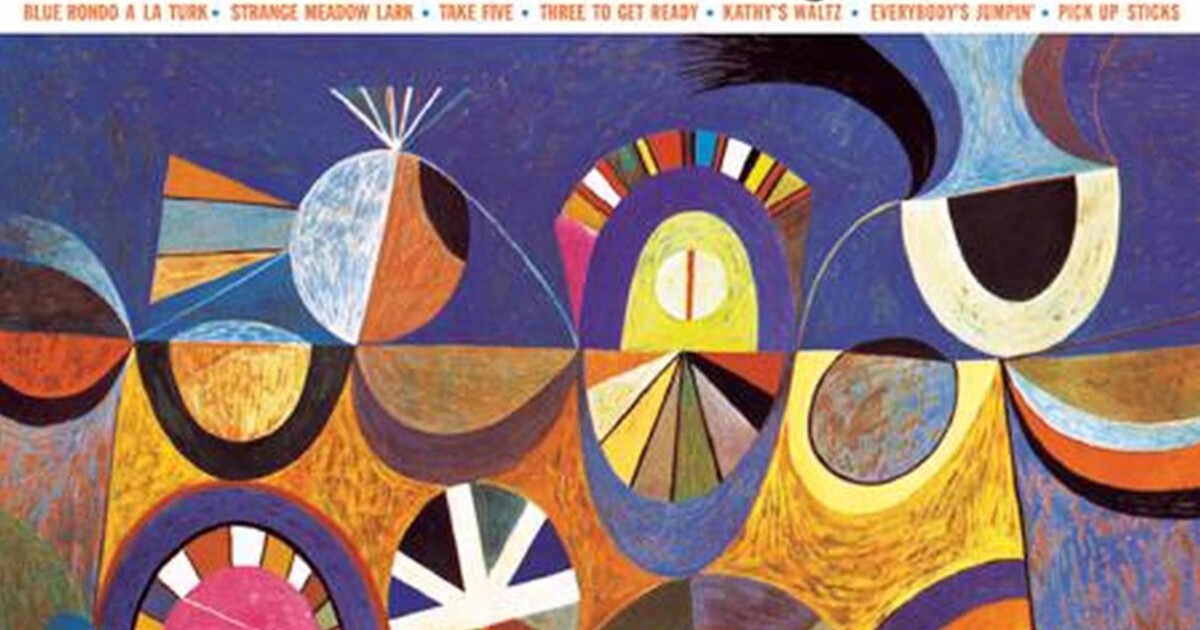
No, your eyes do not deceive you, this is not a typo. We’ve chosen a Dave Brubeck Track that isn’t Take Five.
Everyone here at What Hi-Fi? loves Take Five as much as the next person, but after a time you can become worn down by its ceaseless repetition as the go-to test track for checking out things like control, tempo and rhythmic flow. And let’s be honest, it’s not the only song Dave Brubeck ever wrote.
How about Blue Rondo à la Turk instead, a playful, cheery little number that sees Brubeck’s off-kilter sensibilities brought to the fore most acutely. Here the sax and piano are at once in tandem and in conflict, fighting for the main melody as the drums skitter most tentatively underneath. There’s plenty of dynamics on display, too, so make sure you’re always aware of how that feeling is being conveyed by the piano line even when other instruments seem to take centre stage.
Nightswimming – R.E.M.
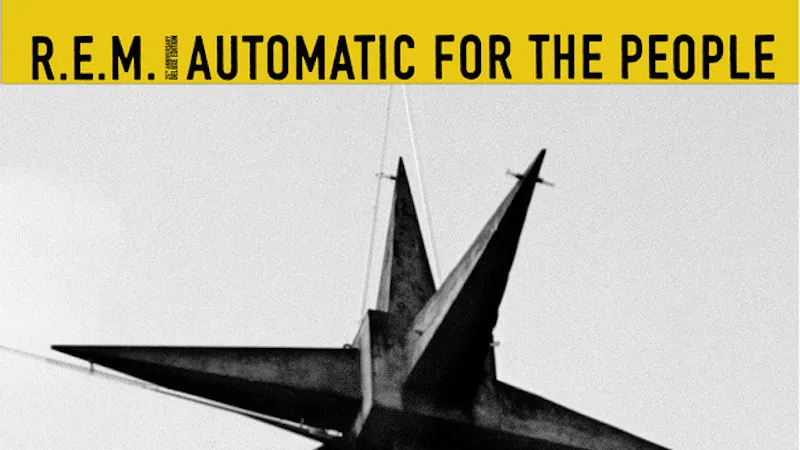
Are there many R.E.M. tracks lovelier than Nightswimming? Essentially a two-hander between Mike Mills on piano and Michael Stipe on vocals, there aren’t many more beautiful or affecting songs in R.E.M.’s hefty back catalogue.
With so much emotion and gentle texture on display, an open, spacious and expressive soundstage is imperative to doing it justice, especially with regard to that instantly recognisable piano melody. If played correctly, you should get a glistening, almost liquid effect, reflective of the track’s watery subject matter.
MORE:
14 of the best classical tracks for testing speakers
15 of the best-produced recordings of all time to test your hi-fi speakers

Harry McKerrell is a senior staff writer at What Hi-Fi?. During his time at the publication, he has written countless news stories alongside features, advice and reviews of products ranging from floorstanding speakers and music streamers to over-ear headphones, wireless earbuds and portable DACs. He has covered launches from hi-fi and consumer tech brands, and major industry events including IFA, High End Munich and, of course, the Bristol Hi-Fi Show. When not at work he can be found playing hockey, practising the piano or trying to pet strangers' dogs.
